News
News
LHC Run 3: physics at record energy starts tomorrow
The Large Hadron Collider is ready to once again start delivering proton collisions to experiments, this time at an unprecedented energy of 13.6 TeV, marking the start of the accelerator’s third run of data taking for physics
Higgs10: When spring 2012 turned to summer
It was just a few short weeks in mid-2012, but they were so intense that it felt like years. As 4 July drew near, the ATLAS and CMS experiments could sense that they were homing in on something big.
Searching for matter–antimatter asymmetry with the Higgs boson
The ATLAS and CMS collaborations have searched for matter–antimatter asymmetry in the interaction between the Higgs boson and the tau lepton
Higgs10: Big Bang Day
On 10 September 2008, the LHC circulated its first beams. It may not have been all plain sailing from then on, but the adventure had begun.
CMS on the lookout for new physics
The CMS experiment awaits LHC Run 3 to explore several analyses showing small disagreements with theory expectations
Higgs10: The dramatic last year of CERN’s flagship LEP collider
The year 2000 was set to be the last year of running for CERN’s Large Electron–Positron (LEP) collider, and it ended dramatically
Higgs10: Three-quarters of the way there
The direct discovery of the W and Z bosons at the SppS in 1983 provided solid experimental support for the existence of the Higgs boson
CLOUD discovers new way by which aerosols rapidly form and grow at high altitude
The resultant particles quickly spread around the globe, potentially influencing Earth’s climate on an intercontinental scale
ALICE makes first direct observation of a fundamental effect in particle physics
The observation provides direct experimental access to the mass of an elementary particle known as the charm quark
Higgs10: Higgs boson and the Standard Model in the 70s
As the various breakthroughs of the 1970s gradually consolidated the Standard Model, the Brout–Englert–Higgs field and its boson emerged as the most promising theoretical model to explain the origin of mass
